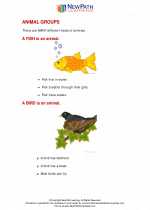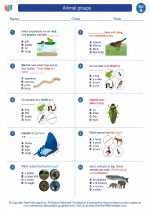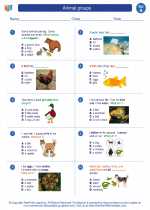The Liver
The liver is a vital organ in the human body that performs a wide range of functions, including detoxification, protein synthesis, and the production of biochemicals necessary for digestion. It is located in the upper right side of the abdomen and is protected by the rib cage.
Functions of the Liver
- Detoxification: The liver plays a key role in detoxifying the body by removing toxins and harmful substances from the bloodstream.
- Metabolism: It is involved in the metabolism of carbohydrates, fats, and proteins, and helps regulate blood sugar levels.
- Storage: The liver stores important nutrients such as vitamins, minerals, and glycogen, which can be released into the bloodstream as needed.
- Production of Bile: Bile, produced by the liver, aids in the digestion and absorption of fats in the small intestine.
- Synthesis of Proteins: The liver is responsible for the production of important proteins such as albumin and clotting factors.
Common Liver Conditions
There are several common conditions that can affect the liver, including:
- Hepatitis: Inflammation of the liver, often caused by viral infections or excessive alcohol consumption.
- Cirrhosis: Scarring of the liver tissue, usually resulting from long-term liver damage and alcohol abuse.
- Fatty Liver Disease: Accumulation of fat in the liver, often associated with obesity and diabetes.
- Liver Cancer: The development of cancerous cells in the liver, which can be primary (originating in the liver) or secondary (spread from other parts of the body).
Healthy Liver Habits
To maintain a healthy liver, it is important to:
- Limit alcohol consumption
- Eat a balanced diet rich in fruits, vegetables, and whole grains
- Exercise regularly
- Avoid exposure to toxic substances
- Get vaccinated against hepatitis
Study Guide
To study the liver, it is important to understand its structure, functions, and common conditions. Here are some key points to focus on:
- The anatomy of the liver, including its location and blood supply
- The functions of the liver, such as detoxification, metabolism, and bile production
- Common liver conditions and their causes, symptoms, and treatments
- Healthy habits for maintaining liver health
It may also be helpful to use diagrams and visual aids to understand the complex structure and functions of the liver.
Now you have a good understanding of the liver, its functions, and how to maintain its health!
[Liver] Related Worksheets and Study Guides:
.◂Science Worksheets and Study Guides First Grade. Animal groups
Study Guide Animal groups
Animal groups  Worksheet/Answer key
Worksheet/Answer key Animal groups
Animal groups  Worksheet/Answer key
Worksheet/Answer key Animal groups
Animal groups  Worksheet/Answer key
Worksheet/Answer key Animal groups
Animal groups  Vocabulary/Answer key
Vocabulary/Answer key Animal groups
Animal groups 

 Worksheet/Answer key
Worksheet/Answer key
 Worksheet/Answer key
Worksheet/Answer key
 Worksheet/Answer key
Worksheet/Answer key
 Vocabulary/Answer key
Vocabulary/Answer key

The resources above cover the following skills:
LIFE SCIENCE
From Molecules to Organisms: Structures and Processes
Design a solution to a human problem by using materials to imitate how plants and/or animals use their external parts to help them survive, grow, and meet their needs (e.g., outerwear imitating animal furs for insulation, gear mimicking tree bark or shells for protection).